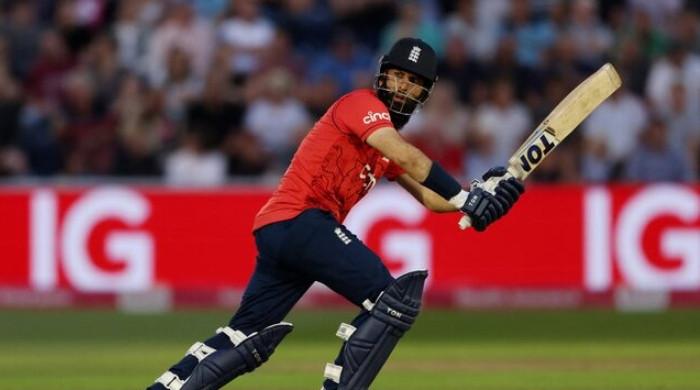Sports
The billion-dollar agent behind the NFL’s biggest stars
Nobody is winning more than David Mulugheta, who built an empire on loyalty and became Jerry Jones’s unlikely rival.
Source link
Sports
Flamengo’s Copa Libertadores trophy damaged in title celebrations

The Copa Libertadores trophy won by Flamengo on Saturday was damaged during the team’s title celebrations.
Flamengo beat Palmeiras 1-0 in the final in Lima, Peru, to become the first Brazilian club to lift the prestigious cup four times.
Flamengo players and staff had a victory parade on the streets of Rio de Janeiro on Sunday afternoon, with an estimated 500,000 people joining in the celebrations.
Players and staff took turns to lift the cup during the parade and images showed that the top part of the trophy, which consists of a figurine of a footballer ready to kick a ball, was wrapped in what appeared to be masking tape.
– Flamengo lift Copa Libertadores, but Brazil’s players look exhausted
The figurine had earlier been broken.
Flamengo will be hoping to wrap up the Brazilian league title on Wednesday when they take on Ceara in front of their own fans in Rio’s Maracana stadium.
They are five points clear of Palmeiras at the top of the standings with two games remaining.
Sports
England’s Moeen Ali announces return to PSL after four-year hiatus

Former England cricketer Moeen Ali has announced his return to the Pakistan Super League (PSL), saying he was excited to be part of the league’s “new era”.
After the 10th edition of the PSL earlier this year, the league is set for an expansion to eight teams, with the addition of two new franchises.
Meanwhile, Moeen, who has previously featured in the marquee league when he represented former champions Multan Sultans in the 2020 and 2021 editions, expressed his eagerness to rejoin the league.
Moeen stated that the PSL, since its advent in 2016, has “earned a reputation for top-level T20 cricket”, featuring close competition and talented players.
“I’m really excited to be joining HBL PSL in its New Era. The league has earned a reputation for top-level T20 cricket, with high-quality competition and world-class talent across every team,” Moeen wrote on Instagram.
The 38-year-old, who represented England in 68 Tests, 138 ODIs and 92 T20Is during his illustrious career, was also a part of the Three Lions squad that made its historic tour of Pakistan in 2022 to play a three-match Test series. Besides that, Moeen has made several visits to the country.
Reflecting on his previous experiences in Pakistan, Moeen said that he enjoyed playing in the country and specifically praised the enthusiastic crowd, which he said pushes players to give their best on the field.
“Playing in Pakistan is always incredible; quality of cricket is outstanding and the passion and intensity from the crowd push you to bring your best,” he continued.
“I’m looking forward to being part of it all and creating some great memories along the way. Ready for another special experience Insha’Allah!”
His announcement comes just days after former South African captain Faf du Plessis pulled out of the Indian Premier League (IPL) to play in the upcoming PSL season.
In a post on Instagram on November 29, the renowned cricketer said that he would not put his name in the IPL auction this year.
“It’s a big decision, and one that comes with a lot of gratitude when I look back,” he wrote in his post.
Sports
Treylon Burks made one jaw-dropping play. That matters for the Commanders.
The receiver has been plagued by injuries, but Sunday night against the Broncos, he gave Washington something to talk about other than a seventh straight loss.
Source link
-

 Sports1 week ago
Sports1 week agoWATCH: Ronaldo scores spectacular bicycle kick
-

 Entertainment1 week ago
Entertainment1 week agoWelcome to Derry’ episode 5 delivers shocking twist
-

 Politics1 week ago
Politics1 week agoWashington and Kyiv Stress Any Peace Deal Must Fully Respect Ukraine’s Sovereignty
-

 Business1 week ago
Business1 week agoKey economic data and trends that will shape Rachel Reeves’ Budget
-

 Politics1 week ago
Politics1 week ago53,000 Sikhs vote in Ottawa Khalistan Referendum amid Carney-Modi trade talks scrutiny
-

 Tech6 days ago
Tech6 days agoWake Up—the Best Black Friday Mattress Sales Are Here
-

 Fashion1 week ago
Fashion1 week agoCanada’s Lululemon unveils team Canada kit for Milano Cortina 2026
-

 Tech1 day ago
Tech1 day agoGet Your Steps In From Your Home Office With This Walking Pad—On Sale This Week






